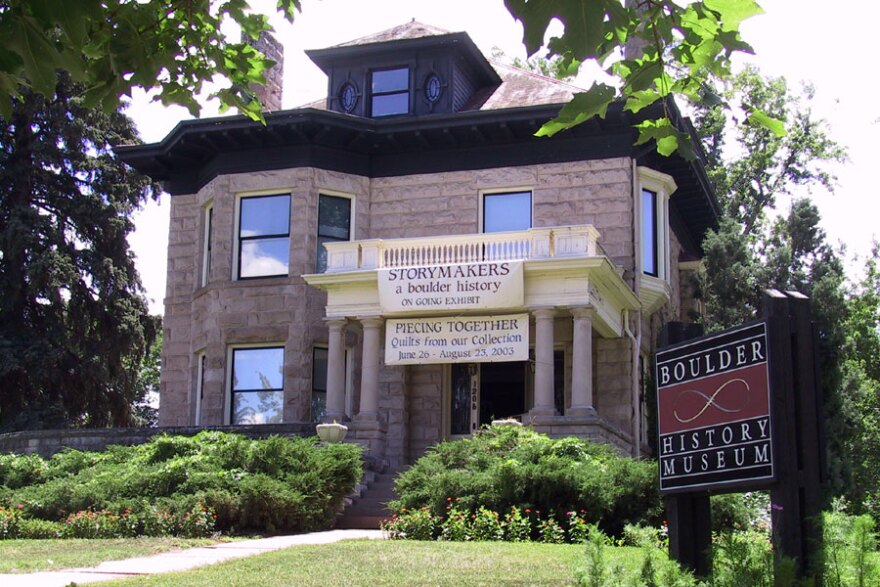The Boulder History Museum is dropping history from its name.
Now called the Museum of Boulder, the home of all things Boulder is preparing for a move and the new location will give the museum the chance to expand beyond Boulder's past and look to its future.
"We'll be able to provide really great exhibits, not only about Boulder's history but also looking at what's going on in Boulder today – the science and technology, and all the natural foods and innovation and sports and the kinds of things that people recognize as Boulder and that really make Boulder, Boulder," said museum Executive Director and CEO Nancy Geyer.
The new location will allow the museum to grow from its current 4,000 square feet in the historical Harbeck-Bergheim House to more than 16,000 square feet at the former Masonic Lodge near the Pearl Street Mall. The extra space is something Geyer said it desperately needs.

"While it's a beautiful old house, it's rather challenging to put a museum in it because we have exhibits in bedrooms and dining rooms and things like that," she said. "The rooms are small – I mean, for a house, they're big for a house but for a museum they're small."
The additional space will be allow the museum to highlight Boulder's innovation in science and technology as well as for a new children's museum and a maker's space, where visitors can tinker with things like 3-D printers, robotics and crafts.
"It won't look like a traditional history museum," Geyer said. "It will have a lot of highly interactive experiences, things that you would probably see more in a science center."
The move also will bring the museum closer to audiences, Geyer added. The current location near the University of Colorado simply doesn't get the same kind of foot traffic that the new one will.
"(Right now) we're not in a place where people walk by very frequently," she said. "Not like downtown Boulder, which, the Pearl Street Mall draws about 2 million people a year. We just don't have that kind of visibility here."

The renovation process will begin in spring 2016 with the goal of opening in late 2017 or early 2018. During this process, the current location and its Chief Niwot exhibit will be open to visitors by appointment only.
Half of the money from the $8 million project will come from part of a three-year 0.3 percent sales tax approved last November. The museum must match that $4 million with money garnered via private fundraising and grants. Recently the museum received a $500,000 challenge grant from the National Endowment for the Humanities to apply toward that amount.







